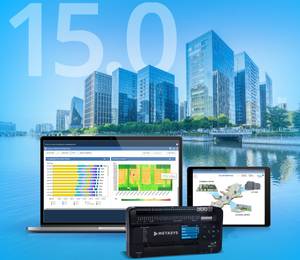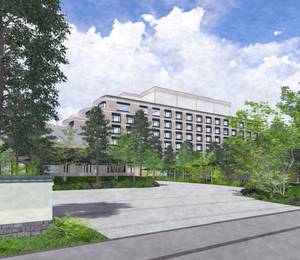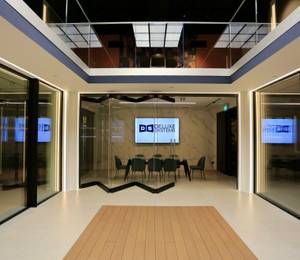Nordborg, Denmark – Hewlett Packard Enterprise (HPE) and Danfoss have announced their collaboration to deliver HPE IT Sustainability Services – Data Center Heat Recovery, an off-the shelf heat recovery module, helping organizations manage and value excess[1] heat as they transition towards more sustainable IT facilities.
Hewlett Packard Enterprise is a global edge-to-cloud company that helps organizations accelerate outcomes by unlocking value from all of their data, everywhere. Built on decades of reimagining the future and innovating to advance the way people live and work, HPE delivers unique, open and intelligent technology solutions as a service.
The rapid integration of AI technologies across organizations and businesses is expected to have a dramatic increase in the power demand and utilization of AI optimized IT infrastructure.
To address these issues, the new energy efficient data center solution from HPE and Danfoss offers:
- HPE’s scalable Modular Data Center (MDC), in the form of small footprint, high-density (kW/rack) containers, can be deployed nearly anywhere in the total absence of heavy industry and incorporates technologies such as direct liquid cooling, reducing overall energy consumption by 20 percent.
- Danfoss’ innovative solutions, including heat reuse modules that capture excess heat from data centers to provide renewable heating onsite and to neighboring buildings and industries for various applications, and Turbocor® oil-free compressors that enhance data center cooling efficiency by up to 30 percent.
Benefits and agility of modularity
HPE’s MDC incorporates direct liquid cooling (DLC) technologies to enhance energy efficiency by over 20 percent and optimize energy production and distribution, leading to notable energy savings. The design’s compactness minimizes energy loss by reducing the distance for energy and cooling fluid transport and maximizes the temperature differential at the inlet and outlet, which promotes the capture of excess heat. Furthermore, the MDC’s agility and the exclusion of heavy industrial materials negate the need for costly, conventional building materials and substantially reduces the time to market. Deployment can be achieved three times quicker than with traditional data centers, decreasing from 18 months to as few as 6 months. Finally, the reduced land footprint and flexibility of the MDCs allow for placement in proximity to data generation sites, which diminishes the energy impact and bottlenecks associated with complex networking solutions and data transfer, while also supporting enhanced data governance and security.
With unparalleled density, HPE’s modular data centers offer an impressive power usage effectiveness (PUE) of 1.1[2] in contrast to the PUE of 1.3 to 1.4 typically associated with the best modern designs of traditional brick-and-mortar data centers. Capable of handling the most power-demanding architectures like HPE Cray Supercomputing EX4000, HPE’s modular data center is the adequate architecture for mission critical and compute intensive workloads like supercomputing and generative AI, enabling scientists, universities, and enterprises to achieve faster outcomes.
Availability
HPE IT Sustainability Services – Data Center Heat Recovery is available to order immediately.
[1] Excess heat, also called surplus heat or waste heat, can be reused through existing and well-proven technologies, most notably heat pumps. Excess heat - Danfoss Impact Issue no. 2
[2] When using Direct Liquid Cooling (DLC) technologies.












